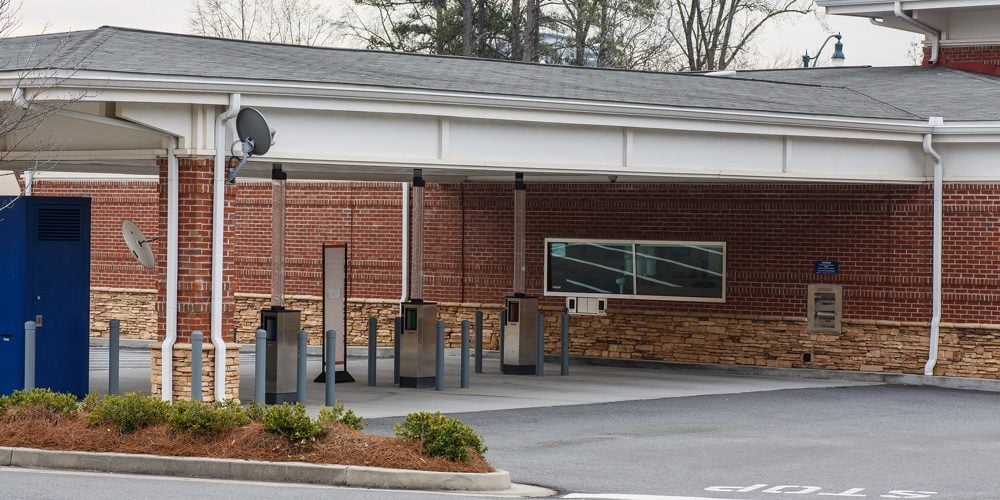How to downsize branches without losing prime locations
Banks and credit unions face similar challenges to the real estate industry at large: What to do with buildings they no longer need? Finding a buyer for significant square footage seems daunting. And, when an institution closes a branch, it reduces the value of the real estate. Now, banks like BMO Harris are using a unique strategy to preserve their presence in the community and the value of their real estate — and they're even coming out ahead.

Property owners and economists have watched vacancy rates rise and fall across the country since remote work and social distancing began. As lenders watching for weakness in commercial real estate, banks and credit unions — often landlords themselves — are keenly aware of the gathering risks.
Branch sizes, and real estate usage generally, just aren’t the same as before 2020. A 10,000-square-foot branch with offices above street level may have made sense then. Now, at its current size, it may be too expensive, even when it still serves as a high-value location for customers or members inquiring about new products or closing commercial loans.
Instead of succumbing to a lose-lose set of options, BMO Harris formulated a new win-win strategy: a sale-partial leaseback transaction in which the bank sells the building to a real estate management company and then leases back a portion of it for its branch needs.
BMO’s approach succeeded with the help of Syracuse, NY-based Brookline Branch Services, which specializes in sale-leaseback transactions. BMO reduced costs by making the brick-and-mortar footprint more efficient — without the disruption of relocation — and it even created new capital for the institution to deploy elsewhere.
continue reading »




